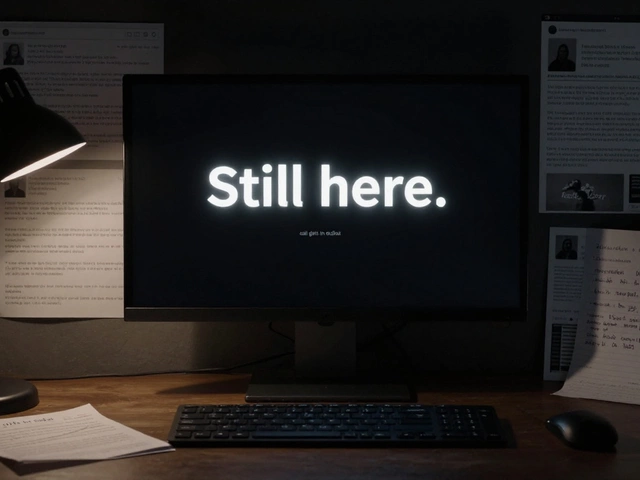The Current Landscape of Higher Education
Before we look into whether higher education is broken in the USA, we should first understand the current landscape of higher education. According to National Center for Education Statistics, there were about 20 million students in American colleges and universities in 2019, and this number is expected to increase in the coming years.
On the surface, it seems like the American higher education system is thriving. More people are getting educated than ever before. But if we dig a little deeper, we will find several issues that suggest the system may be broken. Rising tuition costs, student debt, and questionable quality of education are among the major issues that plague the system.
The Rising Tuition Costs
The cost of higher education in the U.S has skyrocketed over the past few decades. According to College Board, the average annual tuition fee for a private four-year college was around $37,000 in 2020, up from about $9,000 in the 1980s. For a public four-year college, the average annual tuition fee was around $10,000, up from $2,000 in the 1980s.
This increase in cost has made it difficult for many students to afford higher education. Many students have to take out large loans to finance their education, which leads to huge student debt. This is the first sign that higher education might be broken in the USA.
The Student Debt Crisis
The high cost of education has led to a student debt crisis in the USA. According to Federal Reserve data, the total student loan debt in the U.S was $1.7 trillion in 2020, up from $500 billion in 2006. This is a staggering increase and it shows that more and more students are borrowing money to finance their education.
Student debt is a major issue because it hampers the financial stability of young adults. Many graduates are unable to pay off their loans for many years, which affects their ability to save for retirement, buy a home, or start a family. This is the second sign that higher education might be broken in the USA.
The Questionable Quality of Education
The quality of education offered by many colleges and universities in the USA is another concern. While there are some world-class institutions in the country, there are also many mediocre ones. Many colleges do not offer programs that are aligned with the needs of the job market, which leaves many graduates unemployed or underemployed.
Moreover, many colleges do not provide sufficient support to students, which leads to low graduation rates. According to National Student Clearinghouse, only about 60% of students who start college complete their degree within six years. This is a clear indication that many students are not getting the education they need to succeed in the workforce. This is the third sign that higher education might be broken in the USA.
Is Higher Education Truly Broken?
Given the issues of rising tuition costs, student debt, and questionable quality of education, it is clear that the higher education system in the USA has some serious flaws. But does this mean that it is truly broken? Well, it depends on how you define "broken".
If by "broken" we mean that the system is not serving the needs of all students and is causing financial hardship for many, then yes, higher education is broken. However, if by "broken" we mean that the system is completely dysfunctional and is not providing any value, then no, higher education is not broken. Despite its flaws, the system still provides valuable education and skills to millions of students, and many graduates go on to have successful careers.
In conclusion, the higher education system in the USA is far from perfect. It has serious flaws that need to be addressed. However, it is not completely broken. There is still value in getting a higher education, but it is important for students and their families to be aware of the potential pitfalls and to make informed decisions about their education.


